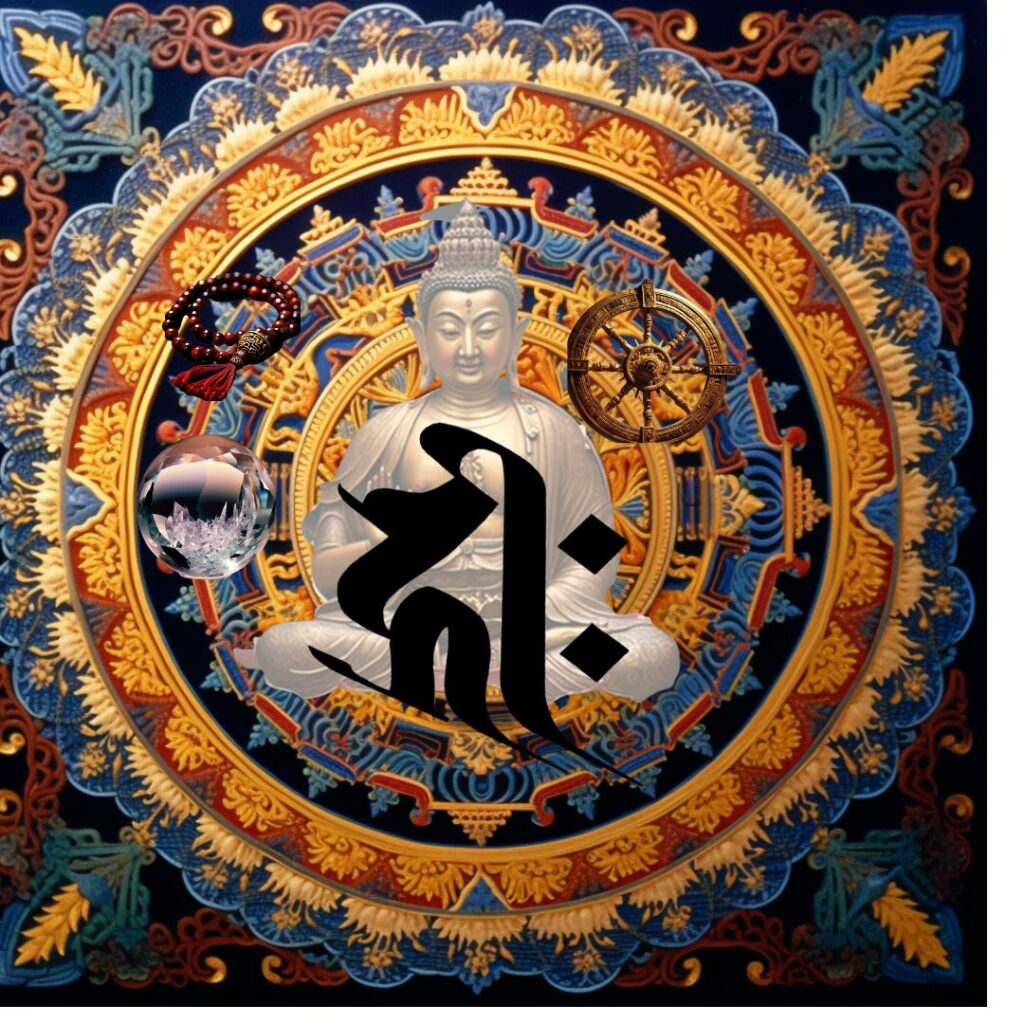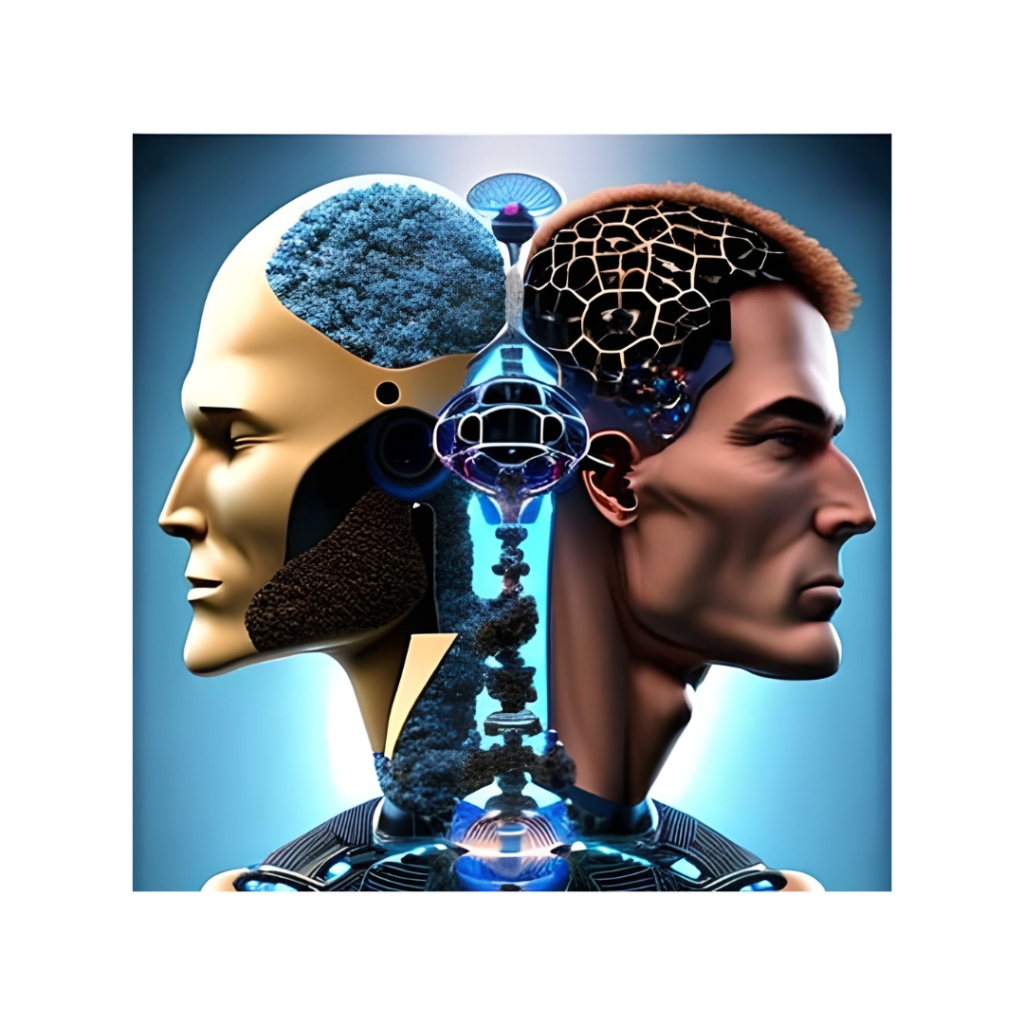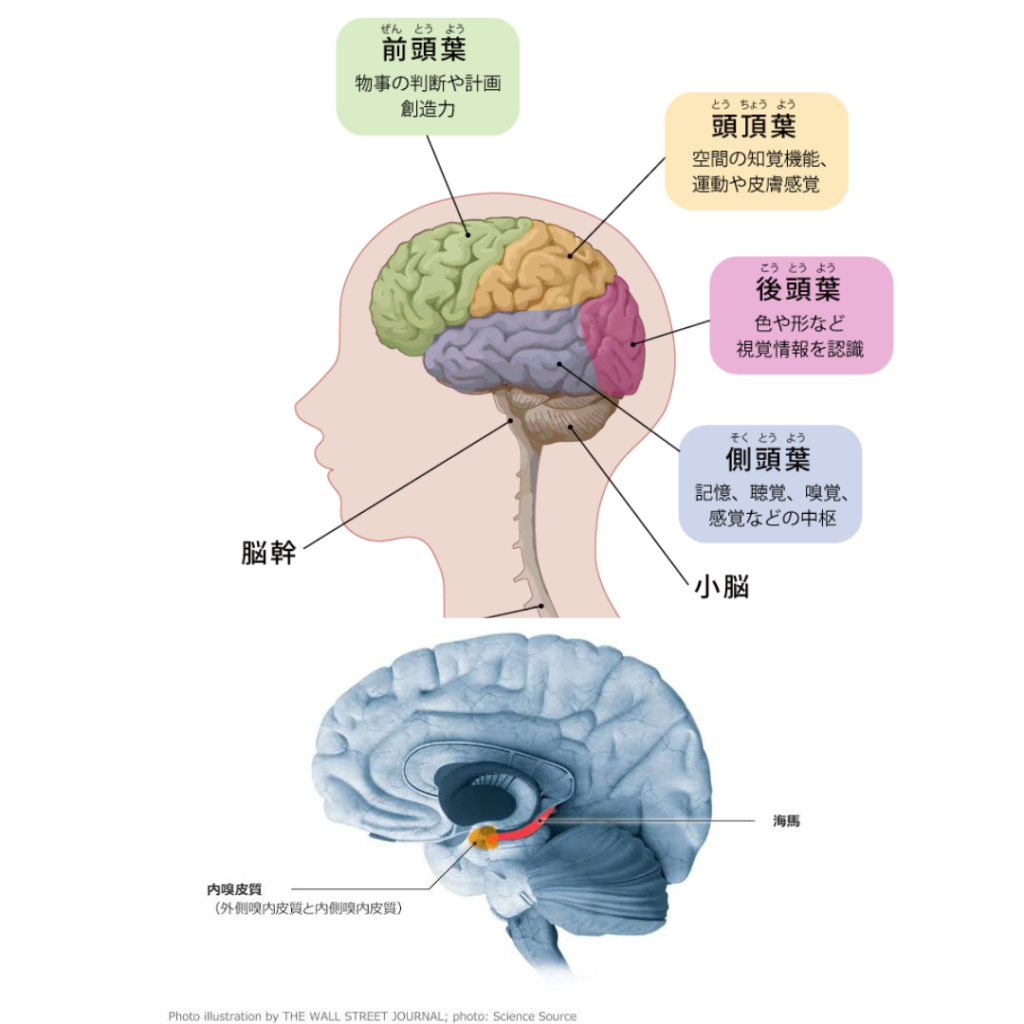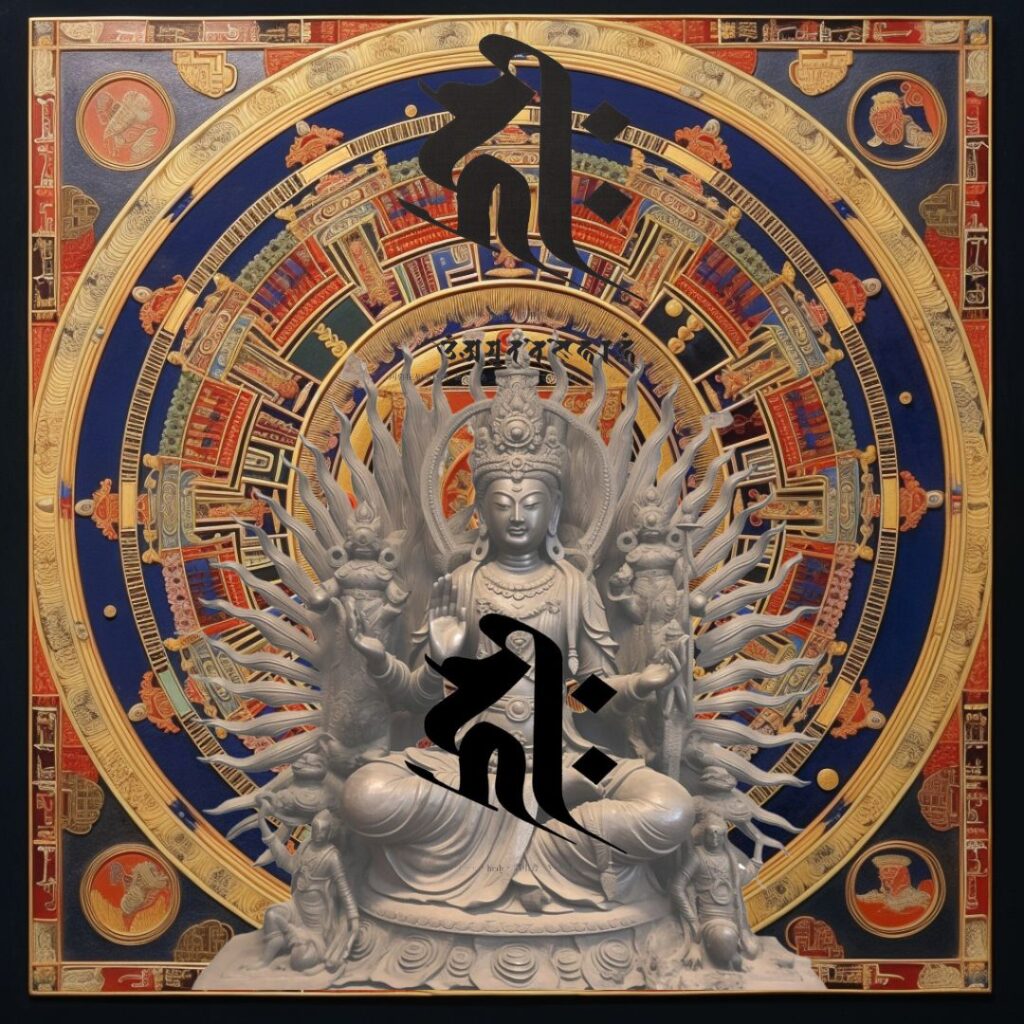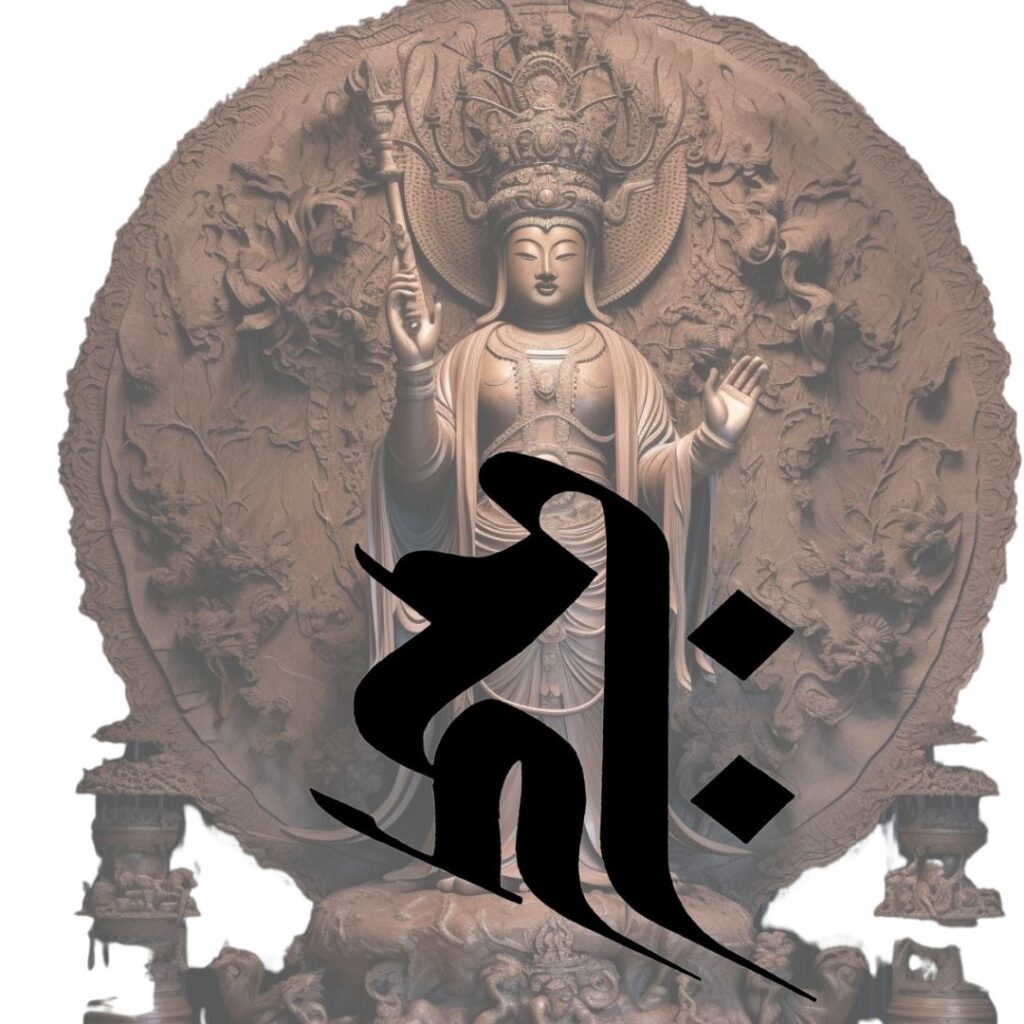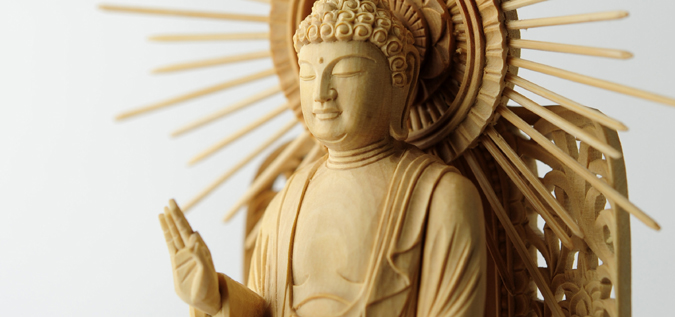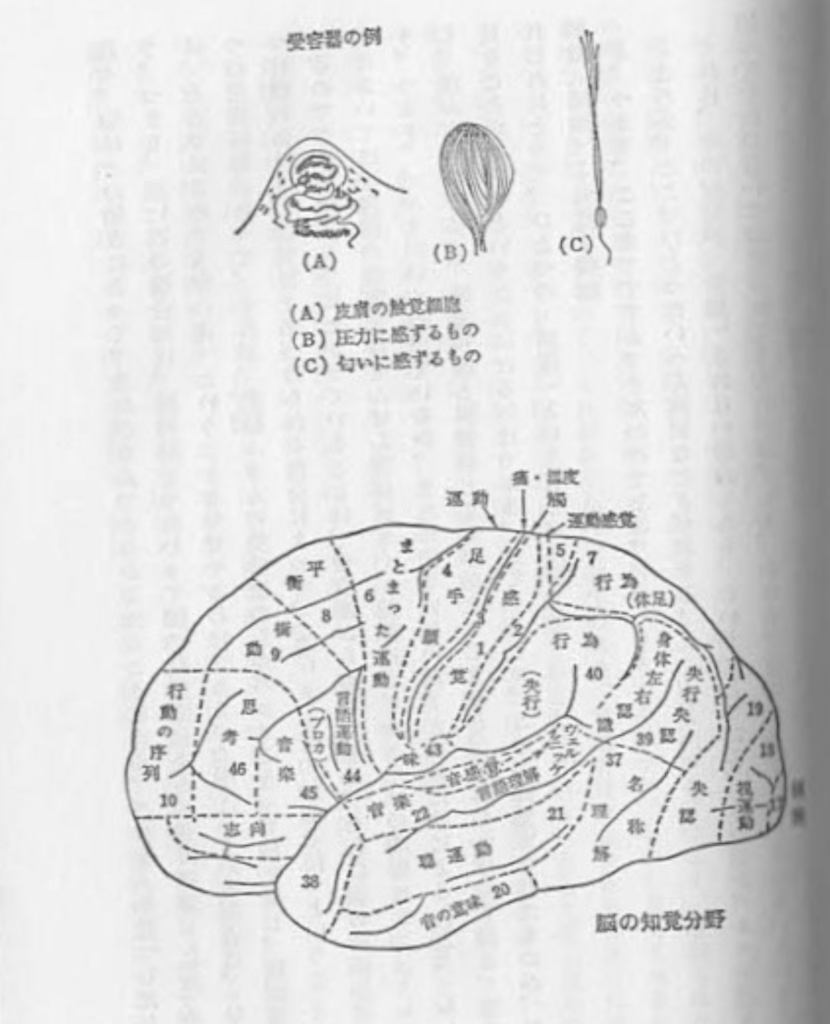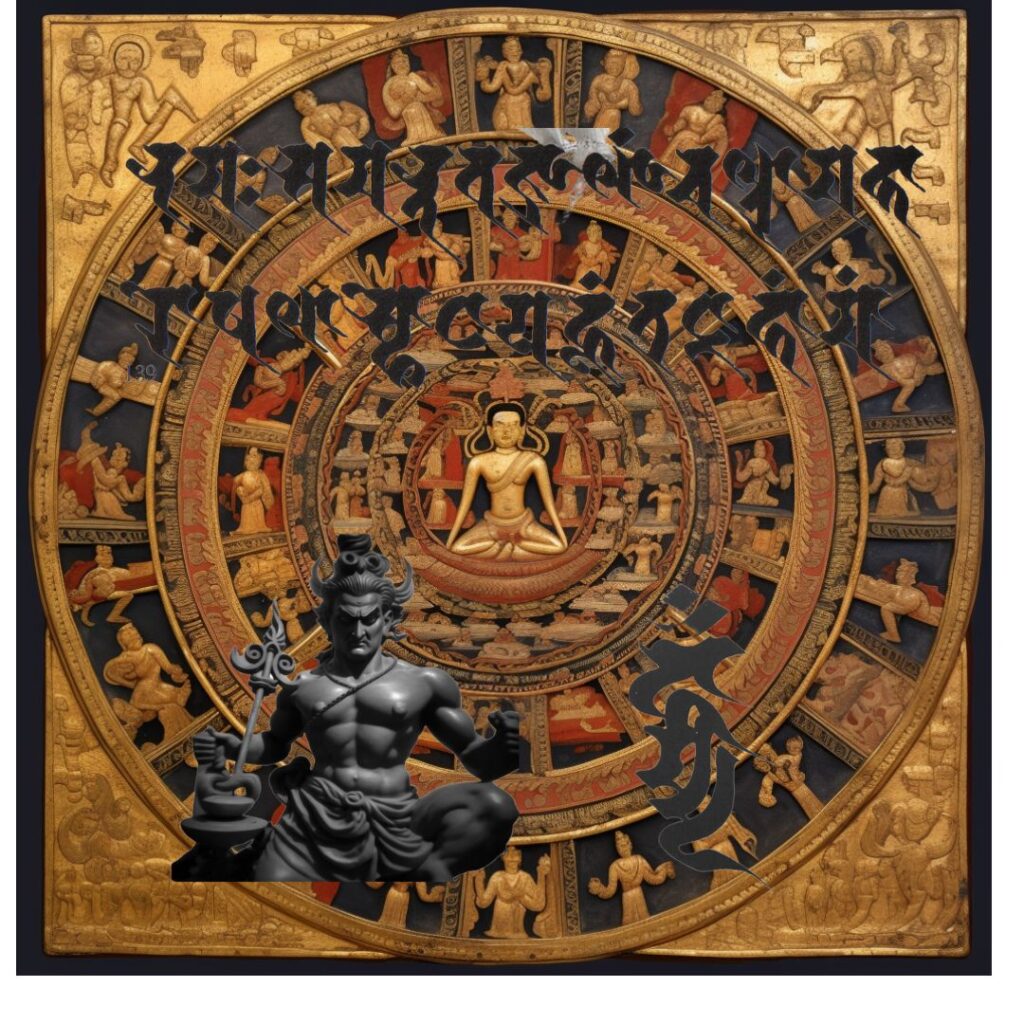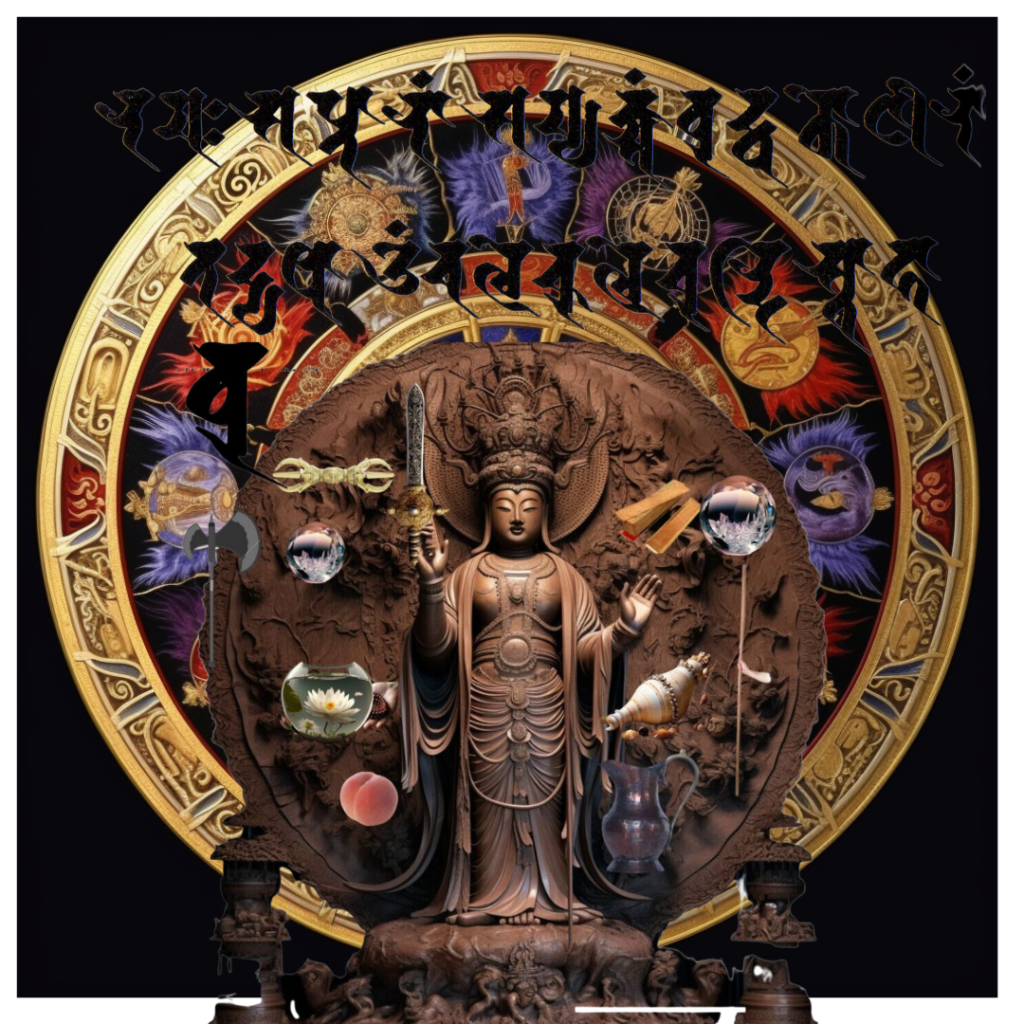1=密教によるヒトの改造
こころの統御と自在力
古代インドに技術があった。
ヒトのこころとからだに想像を絶する飛躍と昇華をあたえる技術であった。
それがどのような技術であるか、 つたえられる奥義書、神聖知識、聖典 秘密経典などのな
かから、いくつかをえらんで紹介してみよう。
まず、 それは、感覚器官の増幅からはじまる。
一、三つの種類のこころを統 Samyamaすることになり、自分の転生のありさまを 過去および未来にわたって知ることができる。また、これを他人に応用すれば、ひとの過 去現在未来をくまなく知ることができる。(ヨーガ・スートラ、自在品 第16節) 二、 言葉と対象と観念に複合と混乱がある。 それらの区別に対して Samyama を向けることに より、あらゆる生き物の声を理解することができる。(自在品 第1節)仏教で、天正〟とよぶ名の神通力のひとつである、Samiyama というのは、ある分野にお
けるこころの御と集中と放射に関する特殊なトレーニングと思っていただきたい。そのトレー ニングから生ずる異常なエネルギーを考えればよい。
三 Samyama をもって他人の想念を直観することにより、他人のこころを知ることができ 自在 第10節)
仏教の他心通である。
四 わが行に Samyama を適用して直観するならば、前生のことがわかる。(作品 第18節)
佐保田治博士は、この一節を、つぎのように注釈される。
「行はこれまでの経験によって潜在意識へ投入された、残存印象 (Vasand である。この行 は、人の潜在意識内に蓄積されていて、記憶想念や業果となって顕現しないかぎり、永久に残存 するものであるから、この行に対して制(佐保田博士は Samyama をこのように訳しておられる) をほどこして、それを直観 (sakat-karana) することに成功するならば、自分の前生だけでなく、 他人の前生をも何生にもわたって知ることができる。この仏教は六神通のひとつにかぞえ とよんでいる。ブッダもりを開かれる この
という非常に遠い昔にまでさかのぼってくわしく たといわれている」(解説ヨーガ・スートラ、佐保田治計)
おなじ力を、べつの奥義書は、つぎのようにつたえる。
五第四のこころをもって目をひらき、相手を見るとき、いかなる相手も自分の過去をおおい かくすことはできない。(クンダリニー・ヨーガ・ウパニシャッド、 実 第1節) 六、自分の心を、他人の身体のなかに宿らせることもできる。自在品 第2節
これは、強力な念力により、他人の想念を自分の思うままに統御することである。 その力は、 「クンダリニー(Kupdalint) の力を発動させて、 相手の第二の心に向けて放射(集中)するこ とにより可能である。(クンダリニー・ヨーガ・ウパニシャッド・実篇 第3節)
Smayama を使って、ふかい心の発現にそなわる光をあてることにより、どんなに微細な ものでも、人目につかぬところにかくされているものでも、はるか遠くにあるものでも知る ことができる。(実作品 第3節)
この章について、佐保田博士は、つぎのように注釈される。
「べつの章に、白光を帯びた心の発現のことが説かれている。制によって、照明性を強められ
心の発現にそなわっている光線を対象にあてることによって、分子や原子のような御さなもの でも、地中にかくされている宝でも、千里の遠くの出来事でも知ることができるのである。イン ドでは紀元前からアトム説(極論)がとなえられていたが、これはギリシャ人のように推理によ って到達したのではなくて、超自然的な力で極小なものを直した結果だといい伝えられてい る。インドの原子論は理論物理学的ではなくて、 実験物理学的な方法によって到達されたわけで ある。遠方のことがらを感じたり、ヴィジョンとして見たりするひとは今日でもいる。 千里眼と か、テレパシーとかいわれる心理現象は催眠術によって発現する場合もあって、あながちに否定 することはできない』(解説ヨーガ・スートラ)
光をはなつこころのことは、べつの聖典においても語られ、
第六のこころは白銀色にふるえる光をはなち、そのこころを目にむけて見るとき、この世界 透明である。 (すきとおってなにもかもはっきり見えるの意)』(クンダリニー・ヨーガ・ウバニ シャッド)
とある。 すぐれた透視力を持つ心の把握である。
八、自己のSayamaけることにより、さ
ーギーのからだはだれにも見えなくなる。
の術とか、かぐみかとかいわれる秘術を説明した文である。物の形や色が見えるの は、見るものの方に対象を見る能力があると同時に、見られる形態の方に見られる能力があると いう原理をふまえて、この経文は書かれている。 インドでは、偉大なヨーギー(ヨーガ行者)が自 由に自分の身体を見えなくするという話はありふれたものになっている。 佐保田治註釈)
九 Nabhi-cakra (輪) に Samyama を向けることにより、体内の配列、組織を知ることが できる。 第2節)
この章について、佐保田博士は、
というのは、実際のの孔ではなくて、そのあたりにあると想像される神秘な車輪状の 場所で、一六のをもっているといわれる。一説には、後世のハタ・ヨーガで説く六つのチャク ラのなかの下から三つ目にあるマニピューラ・チャクラ (Mapipara-cakra) のことであるともい いずれにせよ、肉眼で見える部分ではなく、常に属するものとされている。 チャクラにつ いては、ここで詳説する暇がない。輪は気体(生命エネルギーからなる身体)の中央にあるか ら、これにをおこなうと身体内の組織がわかる、というのである』解説ヨーガ・スートラ) 解説されておられるが、これは、多少ともちがう。
博士はそのあたりにある
な場所ではない。たしかに神秘的とも思われる偉大な力を発揮するけれど、哲学的
確認されているのである。
それは、医学的には Solar plexus と名づけられた「太陽神経叢」のことである。腹腔神経叢 内臓動脈ともいわれ、 腹腔動脈より出る上腸間膜動脈の起始部にある交感神経の大きい神経 である(図参照。 胃の裏がわにあってさながら太陽の光のごとくに神経を送って いるのでこの名前がつけられた。
すなわち、ここから出る神経は、食道、胃、腹部血管、肝 輪胆管膵臓、副腎、等に分布 している。また、この神経叢は大小内臓神経、迷走神経、第十二胸神経節、第一腰神経節などが 集まっており、内臓の神経としては最も重要である。
Human remodeling by esoteric Buddhism
Mind control and freedom
Technology existed in ancient India.
It was a technology that gave the human mind and body an unimaginable leap and sublimation.
What kind of technology it is, secret books, sacred knowledge, scriptures, secret scriptures
Let’s take a look at a few and introduce them.
First, it begins with the amplification of sensory organs.
One or three kinds of hearts will be unified Samyama, and you will be able to know the state of your reincarnation in the past and the future. Also, if you apply this to other people, you can know the past, present, and future of people. (Yoga Sutras, Freedom verse 16) 2. There is complexity and confusion in words, objects and ideas. Against those distinctions he is able to understand the voice of any creature, than to turn Samyama on. (Jizai-bon, Section 1) In Buddhism, Samiyama, one of the supernatural powers called Tensho,
Think of it as a special training in the control of the mind, concentration and radiation. Think of the extraordinary energy that results from that training.
By intuitively observing the thoughts of others with the third Samyama, you can know the hearts of others.
It is the other-mind of Buddhism.
If we intuitively apply his Samyama to the four lines, we can understand the previous life. (Op. 18)
Dr. Osamu Sabota comments on this passage as follows.
“The line is a residual impression (Vasand) that has been injected into the subconscious mind through previous experiences. This line is stored in the subconscious mind of a person, and unless it manifests itself as a memento-idea or a deed, it is permanent. If you apply a restraint to this line (Dr. It is possible to know not only previous lives, but also other people’s previous lives over many lifetimes.This Buddhism is one of the six divine passages.
It is said that he was born in detail going back to the very distant past.”
The same power is conveyed in another secret book as follows.
When you open your eyes with the fifth heart and look at the other person, no one can cover up your past and hide it from him. (Kundalini Yoga Upanishads, Truth verse 1) 6. You can also let your mind dwell in another person’s body. free item Section 2
This is the ability to control the thoughts of others to one’s own volition by means of powerful telekinesis. Its power is capable of activating the power of the Kundalini (Kupdalint) and radiating (concentrating) it towards the second mind of the other. section)
By using Smayama to shed light on the manifestation of the deepest heart, we can learn about him, no matter how subtle, hidden, or far away. can. (Actual work Section 3)
Regarding this chapter, Dr. Sabota comments as follows.
“In another chapter, the manifestation of the white-lighted mind is explained.
By directing the ray of the manifestation of the mind upon an object, one can perceive even the smallest things such as molecules and atoms, treasures hidden in the earth, and events a thousand miles away. In India, the atom theory (extreme theory) has been advocated since BC, but this was not arrived at by reasoning like the Greeks, but the result of repairing a very small thing with supernatural power. Good news. Indian atomic theory was arrived at by means of experimental physics rather than theoretical physics. Even today, there are people who perceive distant things and see them as visions. Clairvoyance and him, or psychological phenomena called telepathy can be manifested by hypnosis, and cannot be denied.” (Commentary on the Yoga Sutras)
Hearts that radiate light are spoken of in other scriptures,
The sixth heart emits a trembling light of silvery white, and when you look at that heart toward your eyes, this world is transparent. (It means to be clear and see everything clearly.) (Kundalini Yoga Ubani Shad)
a. It is the grasp of the mind with excellent clairvoyance.
Eight, by kicking your own Sayama,
No one can see Gee’s body.
It is a sentence that explains a secret technique called Kagumi Kagumi. He wrote this sutra based on the principle that the seer has the ability to see the object, and at the same time the form seen has the ability to be seen. ing. In India, stories of great yogis (yogis) voluntarily making themselves invisible have become commonplace. Osamu Sabota’s note)
By pointing his Samyama at the nine Nabhi-cakras (wheels) he is able to perceive the arrangements and organization within the body. Section 2)
Regarding this chapter, Dr. Sabota said,
For it is not an actual hole, but a mysterious wheel-like place which is imagined to be around it, said to have sixteen holes. One theory is that he is the Mapipara-cakra, the third from the bottom of Ra, which is one of the six chakras of later Hatha Yoga. rather than always belonging to it. As for his chakras, I don’t have time to go into detail here. Since the ring is in the center of the gas (the body composed of life energy), it is said that by doing this you can see the tissues in the body.’ different.
the doctor is around
not a place It is true that he exerts a great power that can be thought of as mystical, but his philosophical
It has been confirmed.
It is the “solar plexus,” which medically he named Solar plexus. Celiac plexus Also called the splanchnic artery, it is a nerve with large sympathetic nerves at the origin of the superior mesenteric artery that exits the celiac artery (see diagram. Located on the back of the stomach, the nerves act like sunlight). It was given this name because it sends
In other words, the nerves coming out from here are distributed to the esophagus, stomach, abdominal blood vessels, hepatic ring, bile duct, pancreas, adrenal glands, and so on. In addition, this nerve plexus gathers the large and small visceral nerves, the vagus nerve, the duodenum ganglion, the first lumbar ganglion, etc., and is the most important visceral nerve.
チャクラについては、べつに章をもうけてくわしく説明するが、いずれも、今まで、空想的 神秘的場所とのみ考えられてきたこれらの部位は、決してそういうものではなく、実際に、医学 的見地からも重要な場所であり、大切なはたらきをする場所であるのである。それを明らかにす ることが、本書の大きな目的のひとつでもあるのだ。
体内の組織を知ることができる」とあるが、これは組織を知るだけではなく、組織を自由にコ ントロールすることができるという意味である。 実際にこのナービチャクラに Sampyama を集 中すると、この太陽神経叢に属する内臓器官それは食道から胃、肝臓、膵臓、脾臓、副
腎にいたるまで、すべてを自分の思うようにコントロールできるのである。 これらの内臓器 官が、どんな状態にあるかをすぐに知り、 少しでも異常があるようであれば直ちに正常にもどし てしまう。そういう力の訓練が、このナービ・チャクラのトレーニングである。
からだに関するSamyama の力についてべつの経典、クンダリニー・ヨーガにつぎのような記 述がある。
「第六番目に成就したこころを以って病者を見るとき、その悪しき病める場所はすぐにわかる。 また、Samyama にさらに熟練すれば、将来、病むであろうところもはっきりわかる。そのと 熟者が、とこころに集中すれば、悪しき場所はすぐに据える』(同経典 第5節
超能力は、感覚的なものから次第に高度のものに上昇してゆく。
一〇、頭のなかの光明に Samyama を向けるならば siddha (神霊たちを見ることができる。
佐保田博士の注釈によれば、
「頭のなかの男 (mardha-jyotis) というのは、頭の頂上で、頭蓋骨の接合するところ、インド での目 brahma-randhra) とよばれている所にある光のことである。 しかし、この光明の 心であって、心からしていら
ここに到達して、強い光の塊りとなっているのだと考えられている。
れず
ここで霊というのは、高い地位の神々ではなく、霊よりは上位の体であって、天と地の 中間に住んでいると考えられている。 現代のインド学者は、これをマスター(主)と訳して いる。 マスターは初めのうちは修行者の夢のなかに現われて教育し、後にはその姿を現わし、自 分の名を修行者に告げる。 さらに修行者の霊性が高まると、修行者は自分の必要に応じていつ でもそのマスターに会うことができるし、その上、他のすべての神霊に会うこともできる、とい っている。もちろん、神霊を見られるだけでなく、それと話を交わすこともできるわけである」 (解説ヨーガ・スートラ
これは要するに霊性の発現であり、 四次元世界への接触ということであろう。頭のなかの光明 についてはあとでくわしく解説する。
一頭のなかの光明とよばれる智に Samyama を向けるとき照明智 (prätibha) が得られる。 照明は最高の智であり、あらゆることをあやまりなく知り、いかなることでも間違いを おかすことのない智である。(自在 第33節)
照明のことを、べつの経典では、つぎのように説明する。「第六と第七のこころの過程 において、光明 (prabha) とよばれる至上の智慧を獲得する。 それは光りかがやくであ
る。それは第一の段階において、すべての見聞するところを記憶にとどめて、いっさい忘れ ぬというかがやきを持つ。
第二の段階において、すべてのものは彼のこころのなかにおいて形と色とかがやきを変え る。(つまり、これは、ものの本質をさとるということであろう。いうなれば、三次元の感 と意識でこの物質世界、現象世界を見ているのと、そこを飛びこえて、四次元の立場から 見るのとでは、全然すべてのものが変わってしまうに違いない。 そう解釈すべきであろう) 第三の段階において、すべてのものは、かれの心のままに、形と色を変える。 (自在にな る)」(クンダリニー・ヨーガ・ウパニシャッド実篇・堤真寿雄訳)
二、 心臓 (hedaya) に Samyama を向けることによって、25″ (citta)を意識することができ 自在品 第36)
佐保田博士は、この章節を、
「心臓というのはもちろん、幽体的な心臓で、小さな
形をし、いつもは下向きになってい
このはの座である。あるいは、座とも、内部、我慢、覚)の座とも解釈さ れている。 ケアーンドーギア・ウパニシャッドには、「小さな白華の家」のなかにはアートマ ンがおさまっている、と歌われている。
心はこころの実体であって、それ自身
のぼらないのもあるが、
制操作をほどこす時には、この秘奥にひそむこころの実体さえも意識面に現われてくる、とい うのである。心が意識される以上、その現象形態は残らず意識できることになる。
ある註釈者は、自分の心だけでなく、他人の心をも知り得ることだと解し、自分の潜在意識に ひそむ行(これはの意であろう。)と、他人の心に浮ぶよろこび等とを知ることができるこ を意味するという』(解説ヨーガ・スートラ)
注釈されているが、ここのところはたいへん重要な箇所である。
この場所は、潜在意識、深層意識を動かす力の存在する場所で、こころ、すなわち潜在意識、 深層意識そのものが存在する場所ではない。ここは、そういうものを動かす力が存在する場所な のである。
今までの修行者は、ここのところをまちがえて解釈し、すべて失敗している。 これをまちがえ ると致命的なのである。ところがほとんどの修行者が、この聖典のこの文章にひっかかってしま って、心が心臓の位)にあると考え、もちろんその心臓とは解剖学的な心臓ではなく、その 近くにある心臓に関係のある細胞群と神経線維の群れのことであるが、それを動かすこと により、深層意識を動かすことができると考えて一心にトレーニングに賑む。それではダメなの である。 潜在意識 深層意識はここにはない。それは大脳のなかにある。これはたいへん重要な ことで、このことを私は、密教の記憶力増強法 「 法」を成就したときに気がついた。
私も最初それにひっかかってたいへん苦しんだのであったが、トレーニングを積んでいるうち に、ハッと気がついた。それは、そこに心があるのではなく、心を動かす力があるのである。こ のことについては、あとでくわしく解説する。 さて、超能力のトレーニングは、次第に、超能力 のみなもとである心のエネルギー(念力というべきか)におよんでゆく。
一三、Samyama のトレーニングによって、ウダーナの気を統御するならば、水、泥など にわずらわされず、また容易にそこから脱出することができる。(自在品 第38節)
ウダーナの気 (Udana) というのは、いわゆる五気のひとつである。このウダーナに対して Sam- yama するならば、海や泥沼のなかに落ちても沈まず、 とげを踏んづけても怪我をせず、らく らくとそこから脱出することができる。 というのは、ウダーナをコントロールして使いこなす と、からだを軽く浮き上らせることができるからである。 五気というのは、生命のもとになる五 つのエネルギーである。
1 プラーナ (Praya)
2 サマーナ (Samina)
頭から心臓までの間にとどまり、息をはこぶはたらきをする。
心臓からまでの間にとどまり、からだを使うからだじゅうにおちたく行き
体力気力のとなる。した
アバーナ (Apina)
ウダーナ (Udana)
5 ヴィアーナ (Vyana)
とにより、百目くらい食事をとらなくとも栄養になんら支障をきたさず、体力、気力にいき さかのおとろえをきたさない。
から足のうらまでの間をし、からだの不浄、けがれをとり去る。
頭から頭までの間にとどまり、上昇の原動力である。
全身にゆきわたって循環し、他の気を調節する。
以上の五気のなかで、プラーナは、ヨーガの修行のなかでもっとも重大視される呼吸調節に関 する生体調節の気であるから、五気を代表し、総称して、プラーナ(生)という。
さて、そのなかのウダーナは、上にあげるはたらきをするから、これを自由に使いこなせれ ば、からだをかるく浮き上らせることができるようになり、海や泥沼などからぬけ出すことが可 能になるというのである。
また、ダーナは、生命をひき上げて死を招くはたらきをするから、これを支配すれば、意の ままに死ぬこともできる、とされている。意のままに死ぬことができるとは妙な表現だが、これ は、解脱死、すなわち、 大往生、成仏死が自在にできるという意味である。解脱死とは輪から
Chakras will be explained in detail in a separate chapter, but these parts, which until now have been thought only as imaginary and mysterious places, are nothing like that. It is an important place and a place to do important work. Clarifying this is one of the main purposes of this book.
It is possible to know the tissues inside the body,” which means that it is possible not only to know the tissues but also to freely control them. When actually concentrating his Sampyama on this Navi Chakra, the visceral organs belonging to this solar plexus, from the esophagus to the stomach, liver, pancreas, spleen, vices,
You can control everything as you wish, down to your kidneys. It immediately knows what state these internal organs are in, and immediately restores them to normal if there is even the slightest abnormality. The training of such power is this Nabhi Chakra training.
Samyama’s power over the body is described in another text, Kundalini Yoga:
“When you look at the sick with the mind of the sixth fulfilled, you will immediately know where they are ill and sick. And if you become more skilled in Samyama, you will see clearly where they will be sick in the future. If one concentrates on one’s heart, the bad place will soon be set up.’
ESP gradually rises from sensory to advanced.
10. If he turns Samyama to the light in his head, he can see siddha (divine spirits.
According to Dr. Sabota’s notes,
“The man in the head (mardha-jyotis) is the light at the top of the head, at the junction of the skulls, called in India the eye (brahma-randhra). But, With this luminous heart, from the bottom of my heart
It is thought that it reaches here and becomes a strong mass of light.
can’t
The spirits here are not the gods of high rank, but are considered to be higher bodies than the spirits, living between heaven and earth. A modern Indologist translates this as Master (Lord), he says. At first the master appears in the dreams of the monk to educate him, and later he appears and announces his name to the monk. Furthermore, as a practitioner’s spirituality increases, he says that he can meet the master at any time according to his need, as well as all other divine spirits. ing. Of course, not only can he see spirits, but he can also communicate with them.” (Commentary on the Yoga Sutras
This is, in short, a manifestation of spirituality and contact with the four-dimensional world. I will explain more about the light in my head later.
Illumination wisdom (prätibha) is obtained when he turns Samyama to the wisdom called the light in one. Light is the supreme wisdom, the wisdom that knows all things without fail, and makes no mistake in anything. (Universal Section 33)
Another scripture describes lighting as follows. “In the course of the sixth and seventh minds, one acquires the supreme wisdom called enlightenment (prabha).
be. In the first stage, it has the impression of remembering everything it sees and hears and never forgets it.
In the second stage, all things change shape, color, and brightness in his mind. (In other words, this is to perceive the essence of things. In other words, you can see this material world and the phenomenal world with a three-dimensional sense and consciousness, and jump over it and see it from a four-dimensional standpoint. In the third stage, all things change form and color according to his will. (Be free)” (Kundalini Yoga Upanishads True Story, Translated by Masuo Tsutsumi)
Second, by directing his Samyama to the heart (hedaya), he can be conscious of the 25” (citta).
Dr. Sabota wrote this chapter,
“The heart, of course, is the astral heart, a small
shaped and always facing downwards
This is the throne. Alternatively, it is also interpreted as the seat of the interior, endurance, and enlightenment. In the Cairndogia Upanishads, it is sung that the Atman resides in the ‘Little White House’.
The mind is the substance of the mind and is itself
Some do not climb,
He says that when he exerts control, even the substance of this secret heart will appear on the conscious plane. As long as the mind is conscious, all of its phenomenal forms can be conscious.
One commentator understands that it is possible to know not only one’s own mind, but also the mind of another. It is said that it means being able to know floating joy, etc.” (commentary yoga sutra)
Although it is annotated, this part is very important.
This place is a place where the power to move the subconscious and deep consciousness exists, not a place where the heart, that is, the subconscious and deep consciousness itself exists. This is the place where the power to move such things exists.
Until now, practitioners have misinterpreted this point and failed. Getting it wrong is fatal. However, most practitioners get caught up in this passage of this scripture and think that the mind is at the heart level, and of course the heart is not related to the anatomical heart, but to the nearby heart. It is a group of cells and a group of nerve fibers, but by moving it, I think that I can move my deep consciousness, and I am enthusiastic about training. Then he is no good. The subconscious mind is not here. it is in the brain. This is a very important person, and I realized this when I completed the esoteric Buddhism method of memory enhancement.
I was also caught in it and had a lot of trouble at first, but I suddenly realized it while I was training. It is not that the mind is there, but that it has the power to move the mind. I will explain this in detail later. Now, the training of psychic powers gradually affects the energy of the mind (or should I say telekinesis), which is the source of psychic powers.
13. Through Samyama’s training, if one manages the udana qi, one will not be bothered by water, mud, etc., and will be able to escape from it easily. (Free Item Section 38)
Udana is one of the five so-called qi. If he gives Sam-yama to this udana, he will not sink if he falls into the sea or mud, and if he steps on a thorn he will not be injured, and he will be able to easily escape from there. This is because, by controlling and mastering the udana, the body can be lightly lifted. The five qi are the five energies that form the basis of life.
1 Prana (Praya)
2 Samina
It stays between the head and the heart and acts as a breather.
Stay between the heart and use the body and go all over the body
Physical strength and energy. bottom
Avana
Udana
5 Vyana
As a result, even if he does not eat a hundred meals, his nutrition will not be affected in any way, and his physical strength and energy will not be affected.
Removes impurities and impurities from the body.
It stays between the heads and is the driving force of the ascent.
It circulates throughout the body and regulates other qi.
Among the five qi mentioned above, prana is the qi that regulates the body and regulates respiration, which is considered the most important in yoga training. .
Now, Udana in it works to raise you up, so you can use it freely. It becomes.
It is also said that Dana raises life and invites death, so if you control it, you can die at will. It is a strange expression to say that one can die at will, but this is the meaning of liberation death, that is, the ability to attain great rebirth and attain Buddhahood at will. Emancipation and death is from the circle

